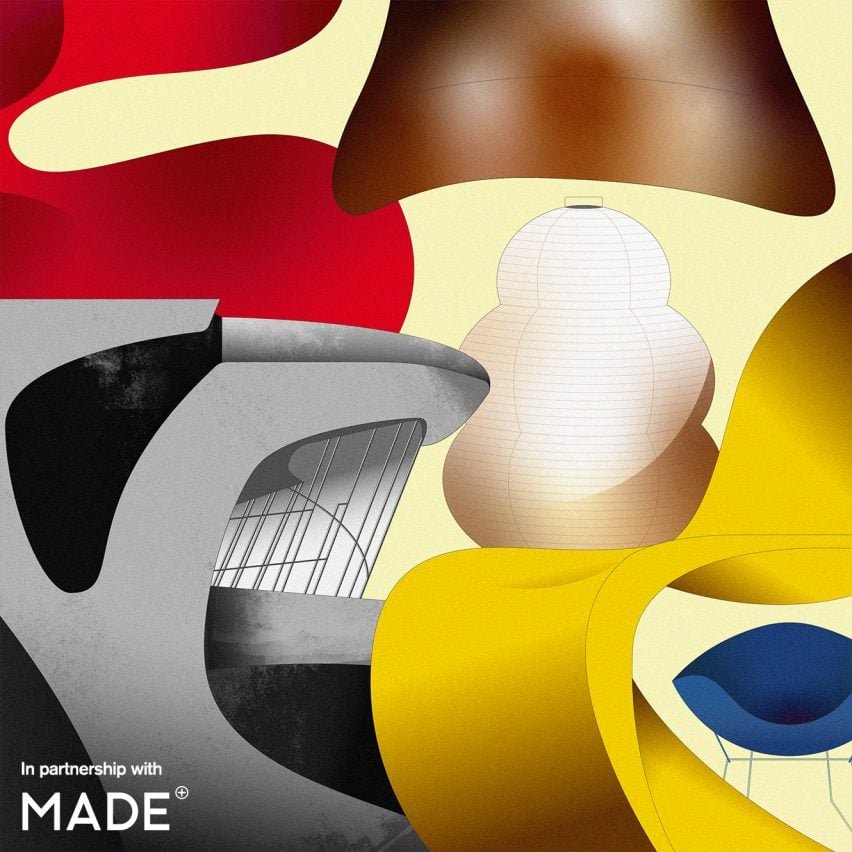To conclude our mid-century trendy sequence, we have rounded up the whole lot it’s essential know in regards to the design and structure motion from A to Z.
For the final article in our sequence exploring mid-century trendy design and structure, we have collated 28 of its most influential proponents, furnishings designs, locations, supplies and corporations.
Learn on to find who makes up the mid-century trendy A to Z:
A is for Arne Jacobsen
Danish architect Arne Jacobsen left his mark on each the structure and design world. Amongst his best-known furnishings items is the long-lasting Ant chair, named after its insect-like form.
“I primarily based my work on a necessity: what chairs are wanted?” Jacobsen mentioned of its design.
Lots of his most well-known designs such because the enveloping Egg chair had been initially made for architectural tasks – on this case, the SAS Royal Lodge, which was Copenhagen’s first skyscraper and which Jacobsen designed as “a complete murals”.
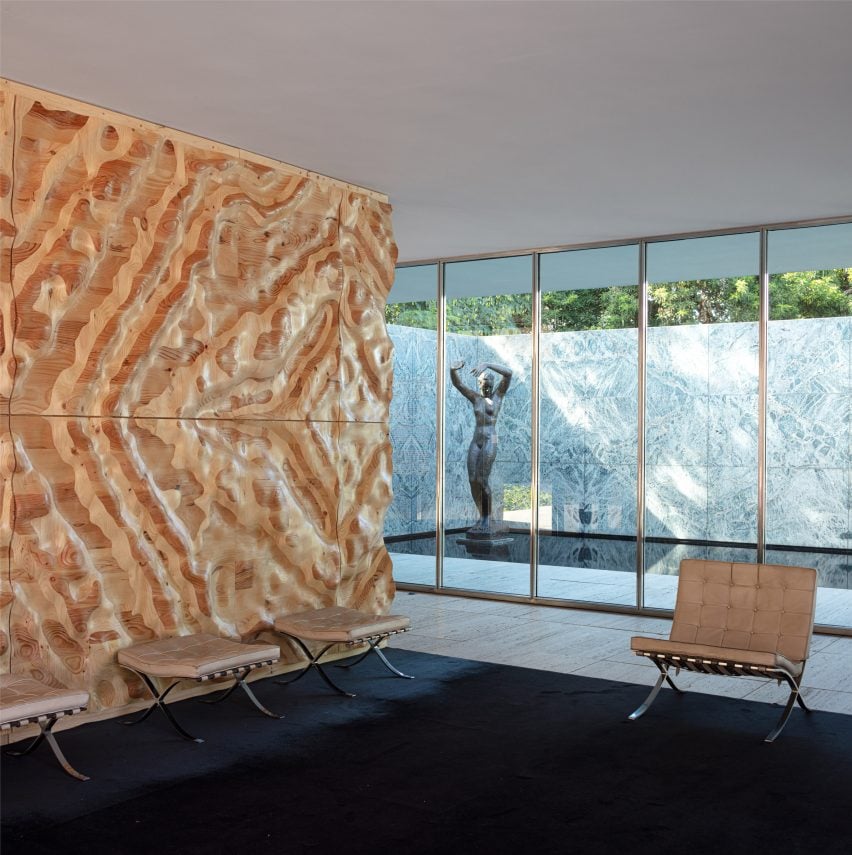
B is for Barcelona chair
Among the best-known furnishings items of all time, the steel-and-leather Barcelona chair was designed by architect Mies van der Rohe and inside designer Lilly Reich in 1929.
Initially made for the German Pavilion on the 1929 Worldwide Exhibition in Barcelona, the chair’s design was primarily based on the Roman sella curulis – an historic chair utilized by magistrates.
Although it was designed earlier than the heyday of mid-century modernism, it turned fashionable within the Nineteen Forties when American furnishings model Knoll started placing the Barcelona chair into manufacturing.

C is for Charles and Ray Eames
Design duo Charles and Ray Eames met in 1940 and fashioned their design firm Eames Workplace after marrying in 1941. Identified for his or her democratic strategy to design, the Eameses labored with trendy supplies equivalent to moulded plywood and designed the world’s first moulded plastic chair, the Shell chair.
Different well-known items embrace their wood-and-leather Eames lounge chair and Case Examine Home 8, which turned often called Eames Home, main architect Peter Smithson to conclude that the duo modified the face of trendy design with “just some chairs and a home”.
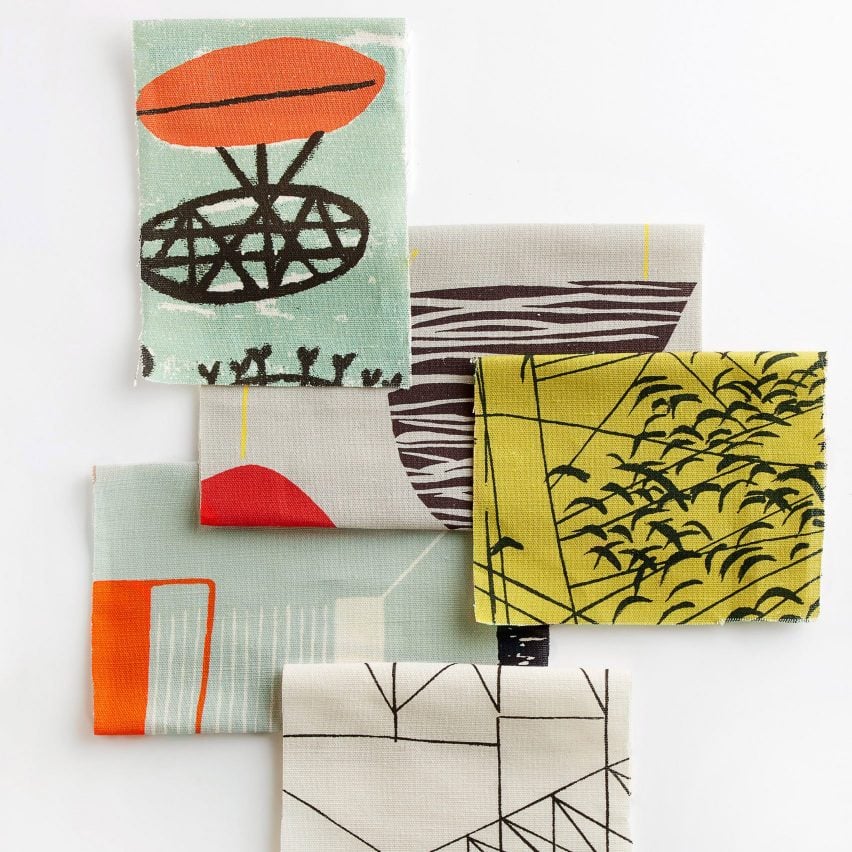
D is for Day, Lucienne
Identified for her textile designs – most famously the Calyx sample she created for the Competition of Britain – Lucienne Day had a major impression on mid-century trendy Britain.
Her designs, which had been knowledgeable by summary artwork, “hung in each ‘up to date’ front room in Britain” whereas Calyx gained a gold medal on the Milan Triennale.
The design additionally obtained the worldwide design award from the American Institute of Decorators, making Lucienne Day the primary British designer ever to win the award.

E is for Eero Saarinen
The work of Finnish-American designer Eero Saarinen spanned the whole lot from sculptural structure, such because the Gateway Arch in St Louis, to sculptural furnishings like his Tulip desk and chairs.
Though born in Finland in 1910, Saarinen’s household later moved to the US the place his architect father had been chosen to design the Cranbrook Academic Neighborhood.
Saarinen adopted in his father’s footsteps, designing iconic buildings such because the Technical Middle campus for automotive model Basic Motors. He additionally labored with a number of different main mid-century trendy designers, making a plywood chair with Charles Eames and designing the Womb Chair for Florence Knoll.
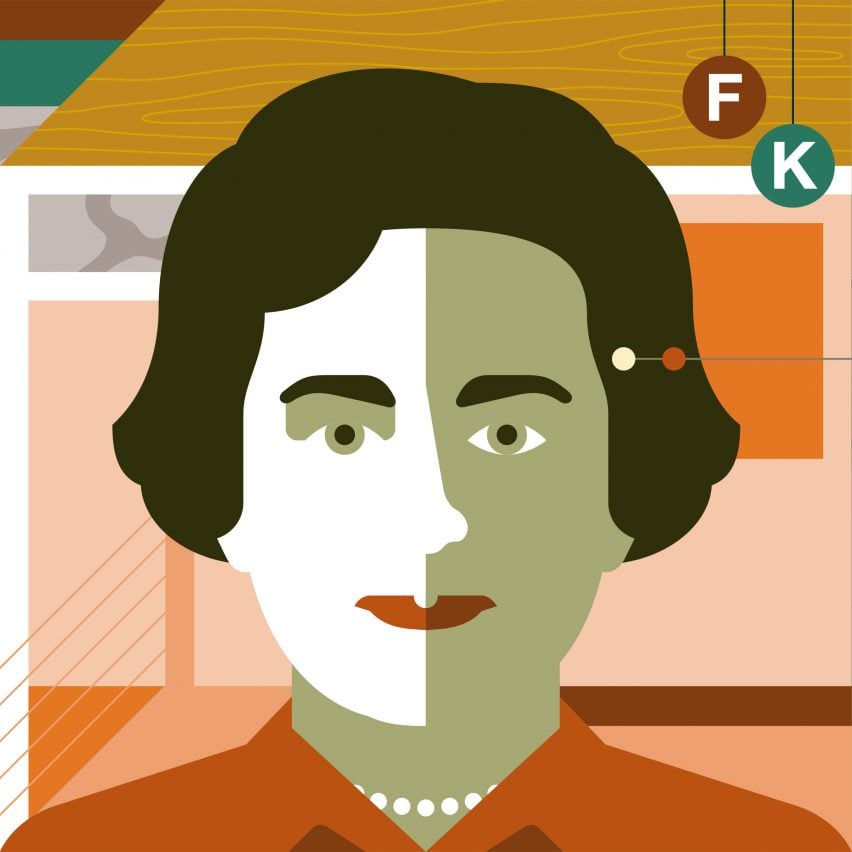
F is for Florence Knoll
Florence Knoll was each a designer in her personal proper and expert in getting the most effective out of different creatives. Main furnishings model Knoll‘s inside design arm, often called the Planning Unit, she created a number of designs which are nonetheless in manufacturing right this moment together with her scaled-down chrome tables.
Knoll additionally commissioned merchandise by Mies van der Rohe, together with his Barcelona chair, introducing his designs to a fresh viewers.
“Florence Knoll Bassett could have finished greater than anybody else to create what we consider because the ‘Mad Males’ design of the mid-century trendy workspace,” mentioned structure critic Paul Goldberger when Knoll handed away in 2019.
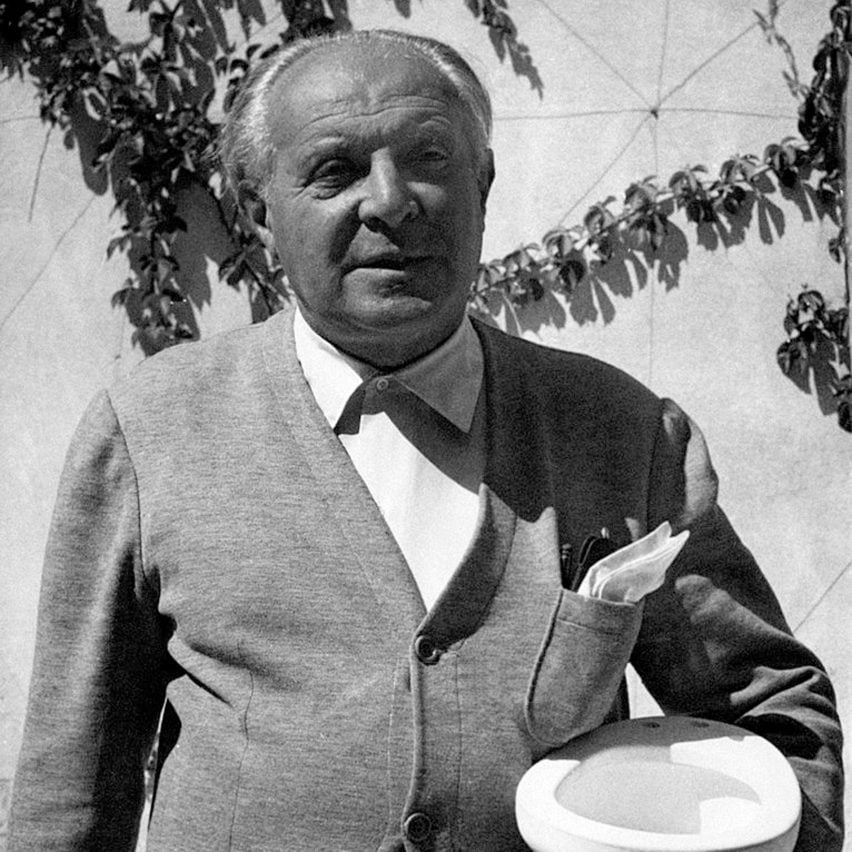
G is for Gio Ponti
Like lots of his friends, Gio Ponti was a polymath who labored in each structure and design. As an architect, he constructed greater than 100 buildings together with the Concattedrale Gran Madre di Dio cathedral in Taranto, Italy, which was impressed by ornamental paper cut-outs.
Amongst his best-known buildings is the 32-story Pirelli Tower in Milan. As a designer, Ponti created items such because the well-known Superleggera chair, which has been known as a “masterpiece of modernity“.
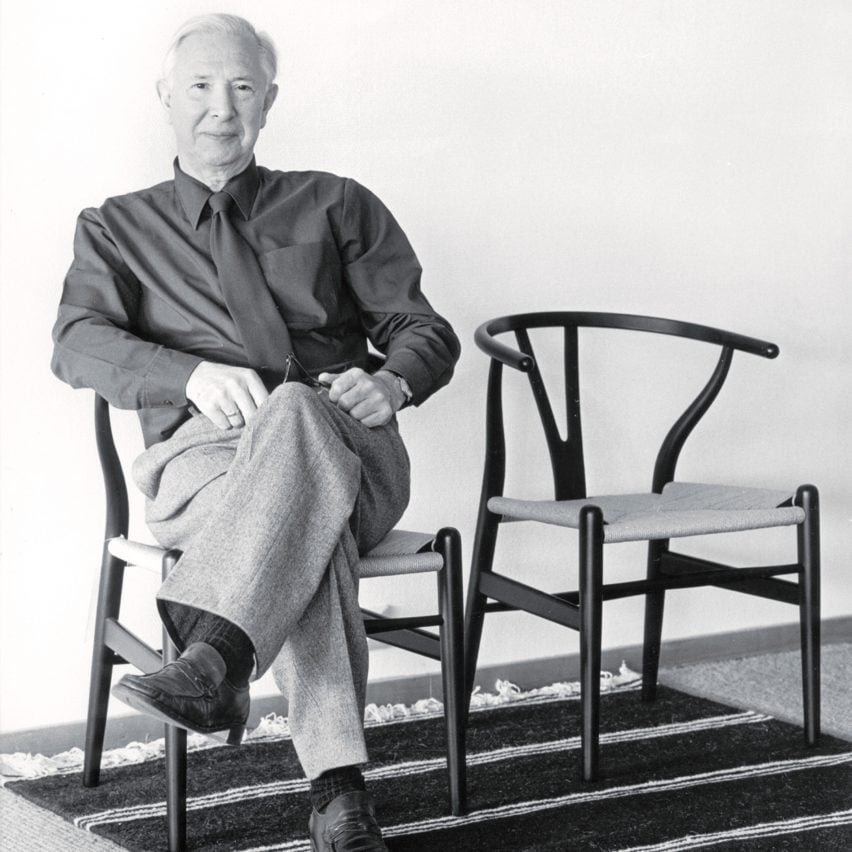
H is for Hans J Wegner
Among the best-known Danish designers from the interval, Hans J Wegner’s most iconic piece is the CH24 Wishbone Chair, which was mentioned to seize “the essence of Danish design”.
It was amongst 500 chairs designed by Wegner, who specialised in seating and was often called the “Grasp of Chairs”.
“Many foreigners have requested me how we created the Danish fashion,” Wegner mentioned. “I’ve answered that it was a steady strategy of purification and simplification – to chop right down to the best potential design of 4 legs, a seat, and a mixed back- and armrest.”
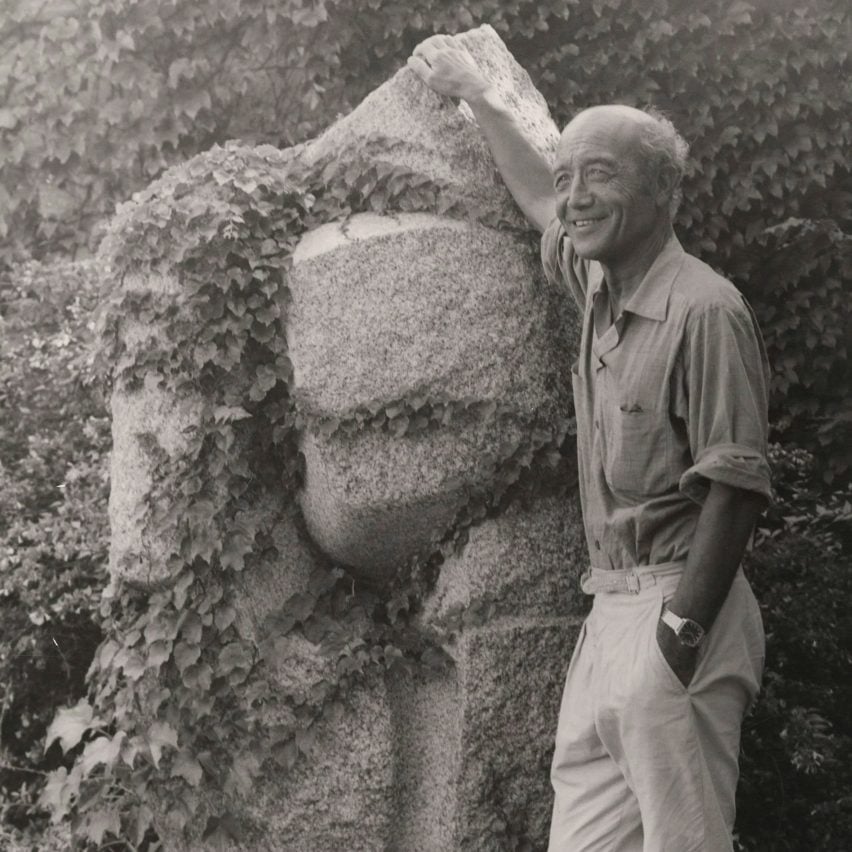
I is for Isamu Noguchi
Whereas different mid-century designers dabbled in structure, Japanese-American Isamu Noguchi additionally labored as an artist. Amongst his most well-known merchandise are the sculptural Akari lights, which he designed in 1951.
“The featherlight of Akari is just like the featherlight of the solar filtered by way of the paper of shoji,” he mentioned.
The Akari lights are nonetheless fashionable and stay in manufacturing to at the present time very like his Noguchi desk, produced by furnishings model Herman Miller. His artworks are recurrently showcased world wide, with Noguchi described as a “pioneer of social sculpture“.
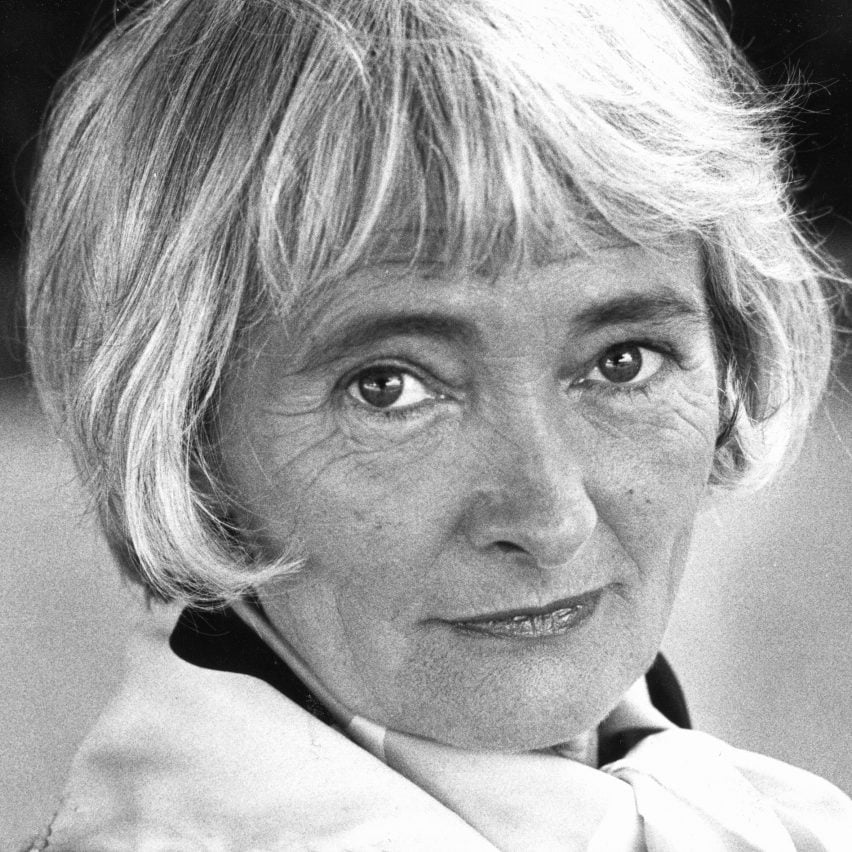
J is for Jalk, Grete
Born in Copenhagen, Denmark in 1920, Grete Jalk educated as a cabinet-maker earlier than opening her personal design studio in 1954, creating streamlined furnishings items with pioneering shapes.
Just like the Eameses, she was intrigued by the alternatives supplied by moulded plywood and used the fabric to design items such because the GJ Bow Chair, which was bought by the Museum of Up-to-date Artwork in Modern York. The origami-like chair, constructed from two folded plywood items, continues to be made by Lange Manufacturing right this moment.
Jalk additionally helped to advertise Danish design overseas, organising a travelling Danish design exhibition and becoming a member of the Danish Design Council in 1987.
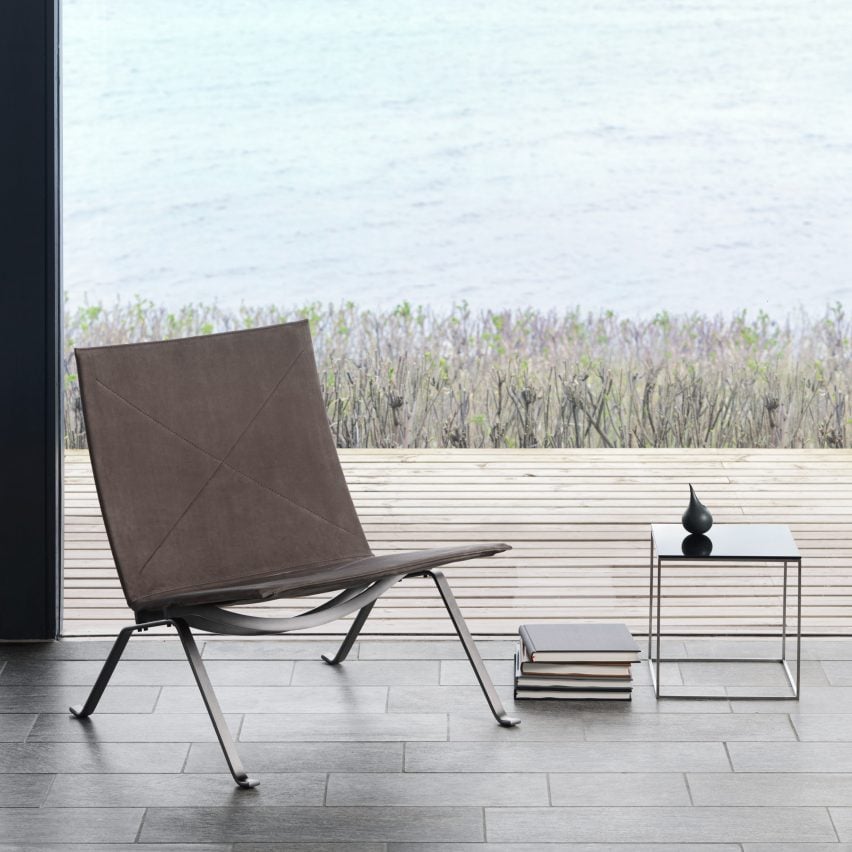
Ok is for Kjaerholm, Poul
Primarily working in metal, which he mixed with leather-based, wooden and marble, Poul Kjaerholm additionally educated as a cabinet-maker. His furnishings designs had been created for his pal Ejvind Kold Christiansen’s model in 1955.
His best-known items embrace the PK22 chair, pictured above, and the PK21 espresso desk, which had been each reissued by Danish model Fritz Hansen for the chair’s sixtieth anniversary in 2016.
Kjaerholm’s work is included within the eternal assortment of museums together with Modern York’s Museum of Up-to-date Artwork and London’s V&A.
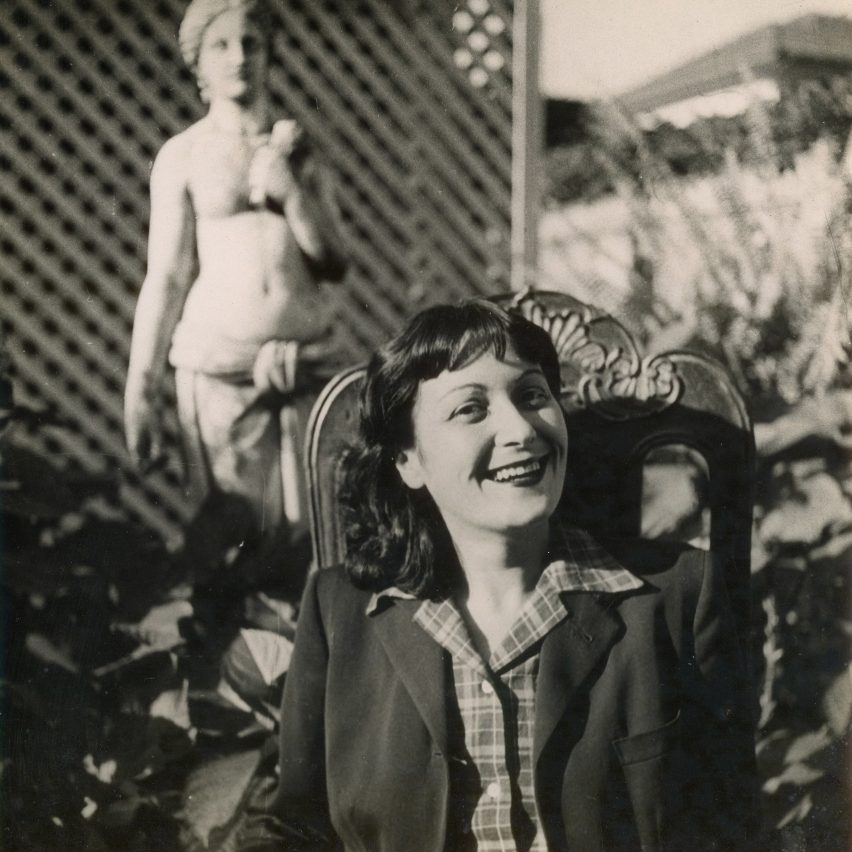
L is for Lina Bo Bardi
Modernist architect Lina Bo Bardi, who was born in Italy however has develop into recognized for her work in Brazil the place she designed lots of her buildings, is among the most celebrated girls architects of the twentieth century.
In 2021 she was awarded the Particular Golden Lion for Lifetime Achievement award on the Venice Structure Biennale for her “highly effective buildings”, which embrace the concrete-and-glass São Paulo Museum.
Bardi can also be behind Bardi’s Bowl Chair, a sculptural bowl-shaped leather-based chair that’s nonetheless produced right this moment.
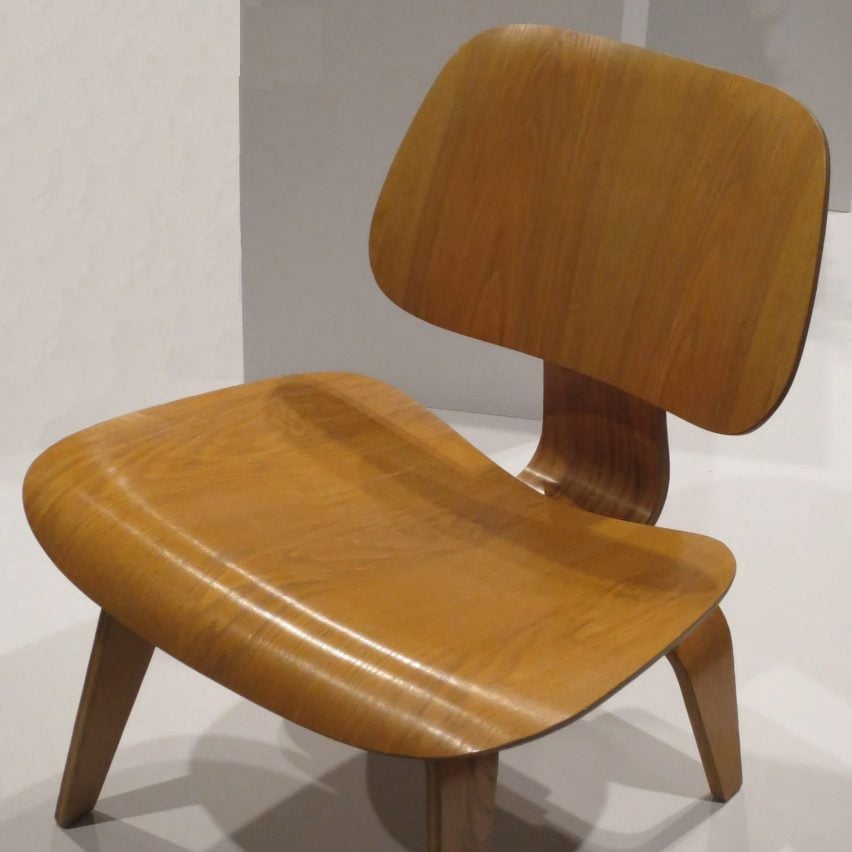
M is for moulded plywood
In a interval when fresh supplies had been being invented and designers used present supplies in pioneering methods, one of the explored was moulded plywood.
Among the many designers experimenting with the fabric, typically for seating designs, had been the Eameses, who created their LCW chair (pictured) utilizing a fresh know-how for working with moulded plywood and British designer Robin Day.
Day’s 675 chair, with its armrests and again fashioned from one piece of formed and moulded plywood, was initially designed in 1952 and stays one of the recognisable mid-century trendy chairs.
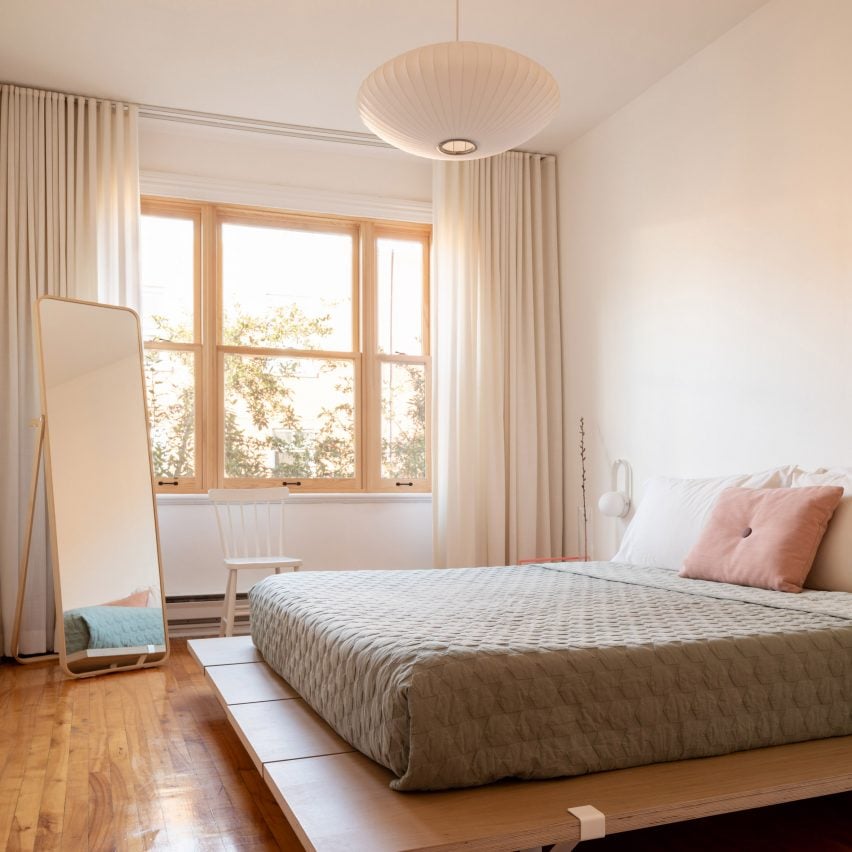
N is for Nelson, George
American industrial designer George Nelson is understood for his bubble lamp (above), a basic, elegant design that’s nonetheless in manufacturing right this moment.
His different well-known designs embrace the Marshmallow Couch, created along with designer Irving Harper, an pioneering piece that featured 18 injection-plastic disks organized on a metal body.
Nelson, who educated as an architect, believed that “design is a response to social change” and can also be credited with developing with the idea for the primary pedestrian shopping center.
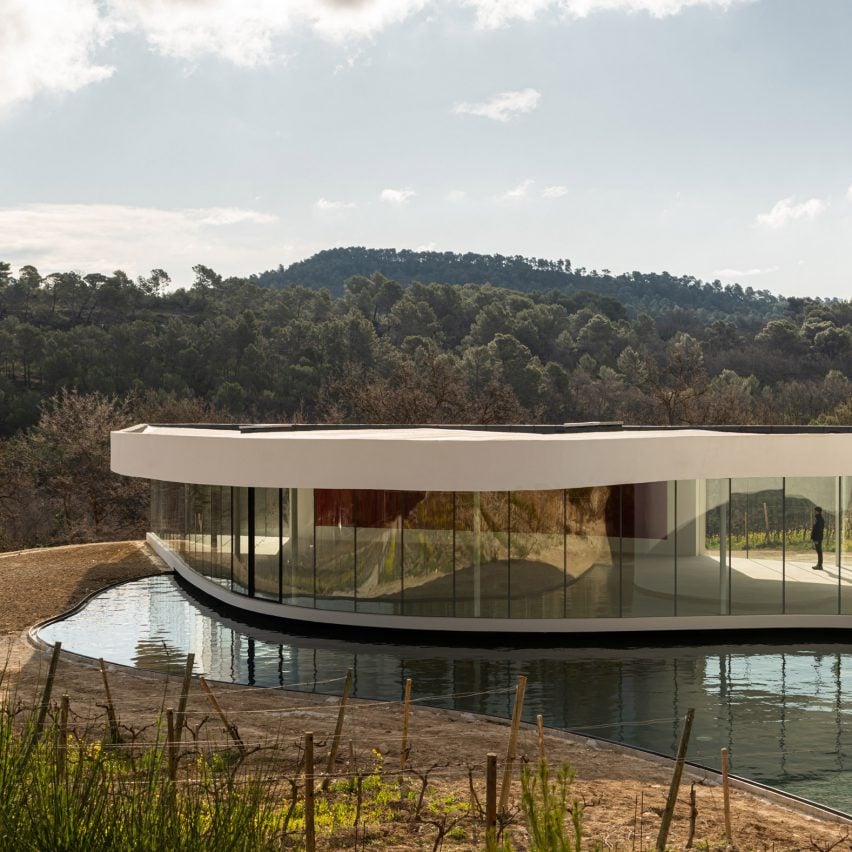
O is for Oscar Niemeyer
Brazilian architect Oscar Niemeyer had a large impression on trendy structure, creating buildings together with the UN headquarters in Modern York and the Communist Get together’s Paris headquarters.
However it’s his designs in Brasília, Brazil’s capital, for which he is greatest recognized. Niemeyer designed most of its civic and authorities buildings, together with the Roman Catholic Cathedral, for which he gained the 1988 Pritzker Structure Prize.
Dubbed the “concrete poet”, Niemeyer’s work with bolstered concrete has continued to affect structure. His remaining constructing was a pavilion in a French winery, pictured above.
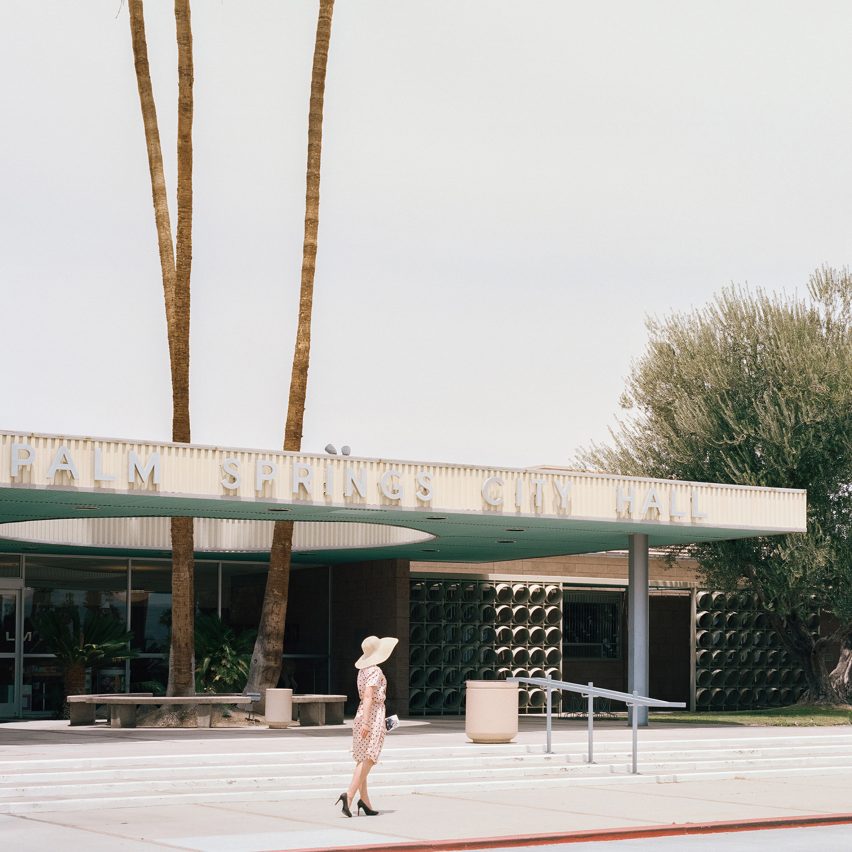
P is for Palm Springs
Identified for its many well-preserved mid-century trendy buildings, Palm Springs, a metropolis within the California desert, options designs by architects together with Richard Neutra, John Lautner and Albert Frey.
Yearly, the town holds its Modernism Week, which invitations the general public to discover its mid-century heritage. Initially designed as a “place the place folks may escape metropolis life” in accordance with Modernism Week CEO Lisa Vossler Smith, right this moment Palm Springs capabilities as one thing of a time capsule for these taken with mid-century trendy structure.
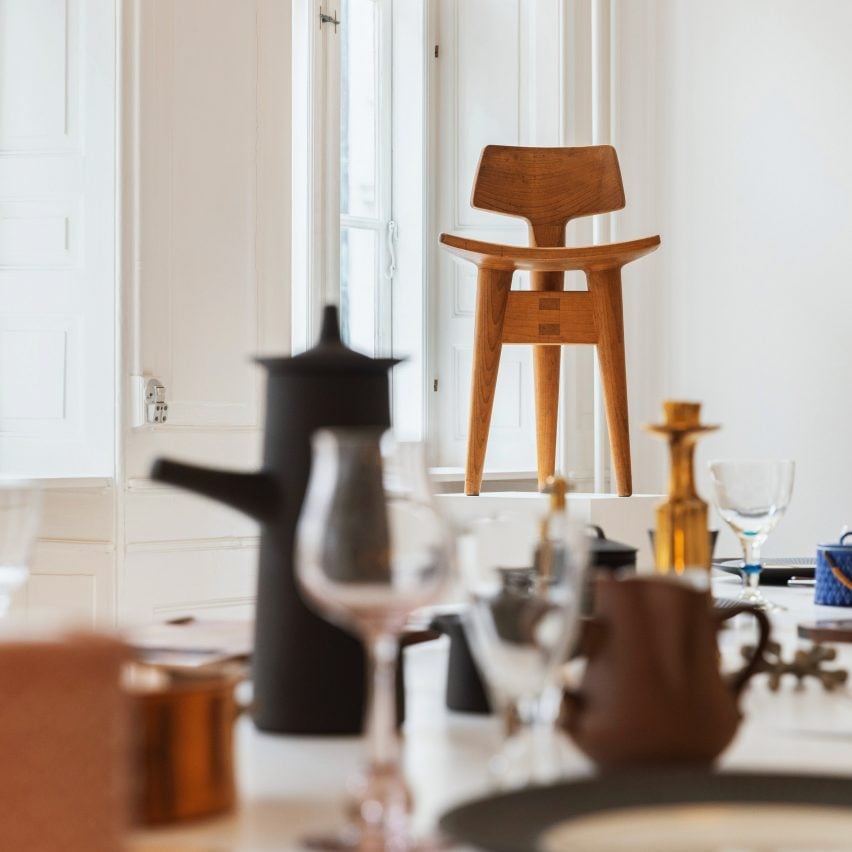
Q is for Quistgaard, Jens
Dubbed the “world-famous unknown Dane”, Jens Quistgaard was the chief designer for US-based homeware producer and retailer Dansk Designs for 3 many years.
On this position, he designed greater than 4,000 objects and introduced Scandinavian design to properties throughout America. Quistgaard produced loads of tableware and kitchenware, together with sculptural peppermills that resemble chess items and fruit, but in addition made putting pared-back furnishings designs.
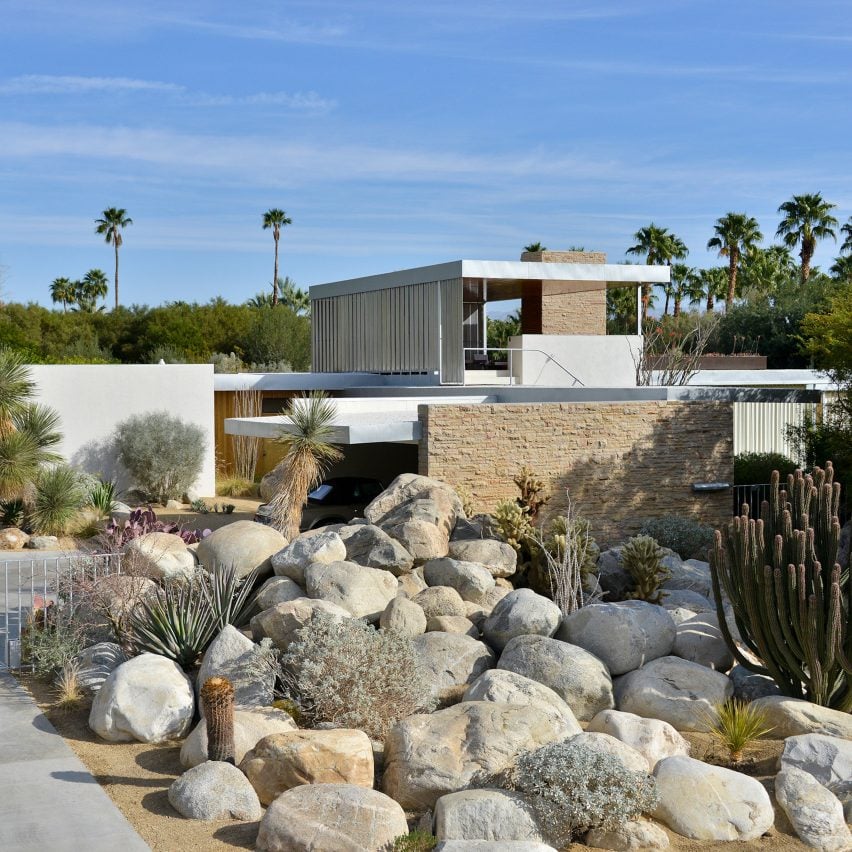
R is for Richard Neutra
One of many main names in mid-century trendy design is architect Richard Neutra. His futuristic, minimalist properties can nonetheless be discovered throughout California and promote for large sums.
The immaculate traces and angular shapes of his low-rise buildings helped outline a fresh architectural vernacular for the American state.
“I attempt to make a home like a flower pot, in which you’ll be able to root one thing and out of which household life will bloom,” Neutra mentioned in an interview for the August 15 challenge of Time Journal, for which he made the duvet.
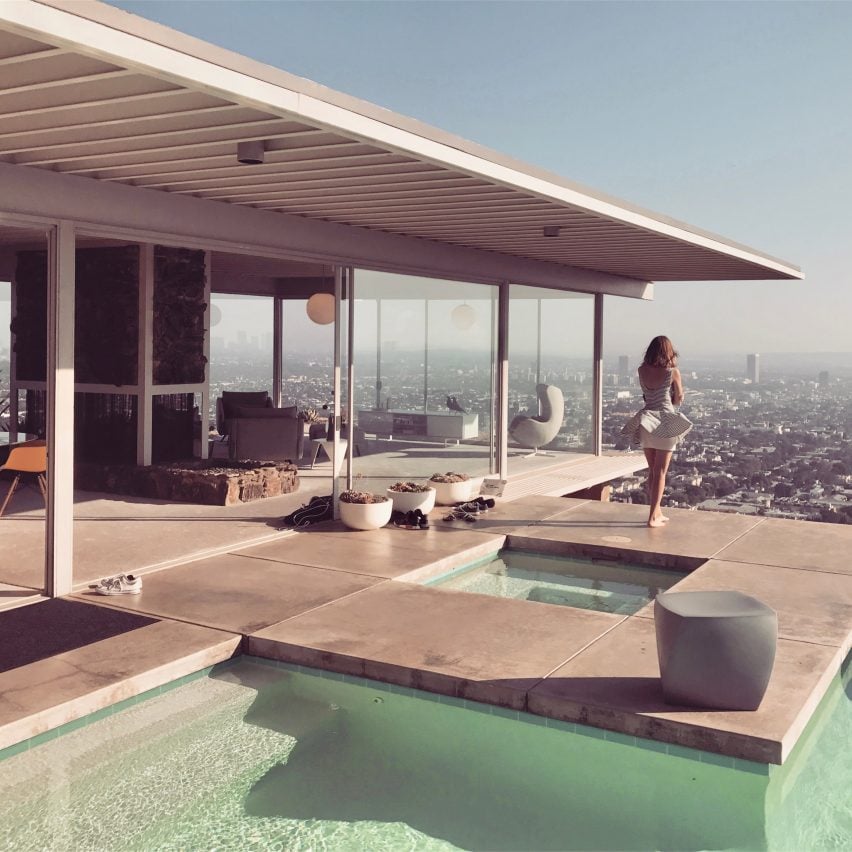
S is for Stahl Home
Set within the hills above Los Angeles’ Laurel Canyon, Stahl Home has a modern design that has develop into an iconic image of the town’s modernist structure.
Designed by architect Pierre Koenig and accomplished in 1960, Stahl Home is an instance of one of many metropolis’s Case Examine Homes. These had been designed by well-known architects however supposed as proficient, cheap mannequin properties. One other instance is the Eameses’ Case Examine Home 8.
Stahl Home, which is among the many most well-known – if not probably the most well-known – of the Case Examine Homes, was named one of many prime 150 buildings on the American Institute of Architects‘ “America’s Favourite Structure” record in 2007 and listed on the Nationwide Register of Historic Locations.
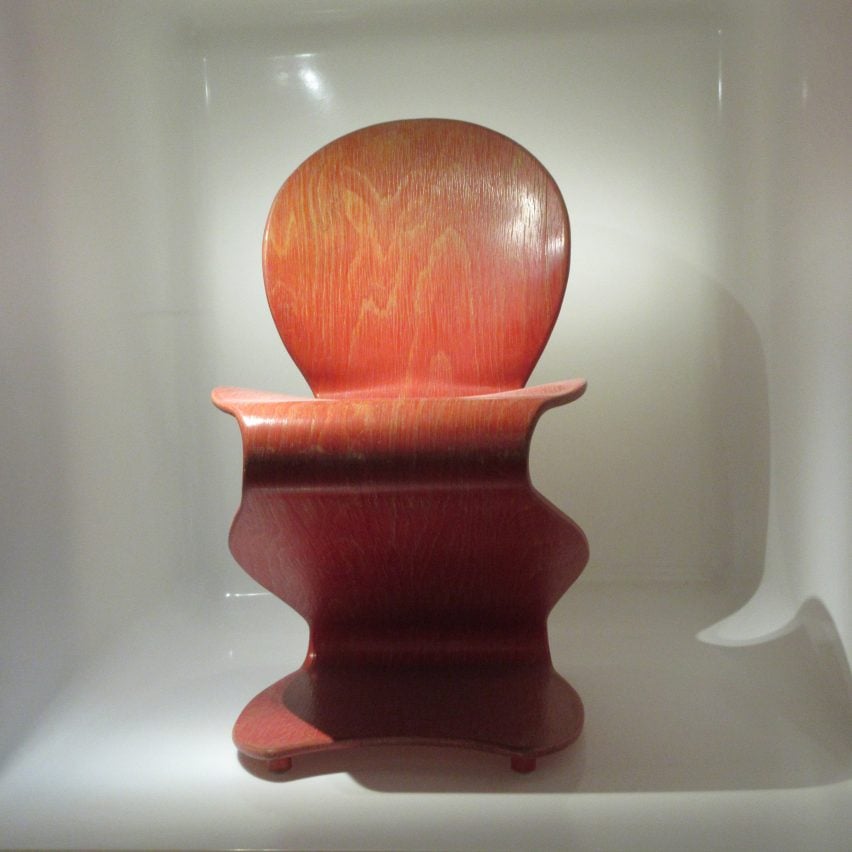
T is for Thonet
Austrian furnishings model Thonet, recognized for its steam-bent picket furnishings, labored with quite a lot of designers in the course of the mid-century trendy interval.
It manufactured designer Verner Panton’s cantilevered-wood S chair and in addition produced items by designer Pierre Paulin and tubular metal furnishings by architects Mies van der Rohe and Marcel Breuer
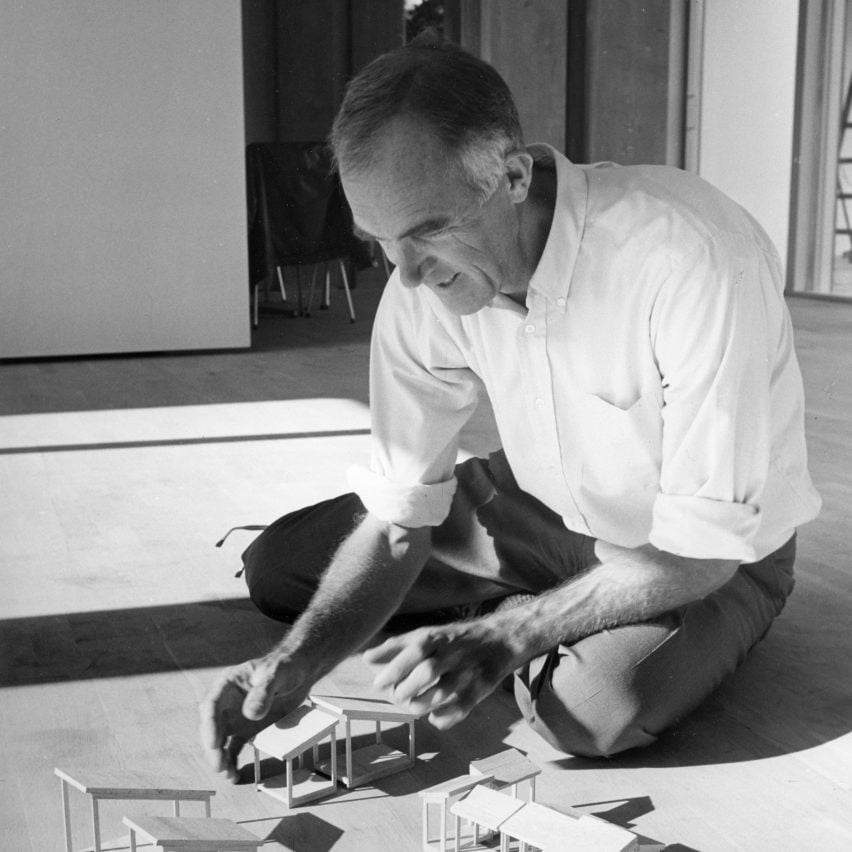
U is for Utzon, Jørn
The architect behind the Sydney Opera Home was the primary Dane to win the celebrated Pritzker Structure Prize and has a powerful roster of designs.
In addition to the sculptural opera home, which was declared a UNESCO World Heritage Website in 2007, Jørn Utzon is understood for the Bagsværd Church, which was accomplished close to Copenhagen in 1976, and Kuwait’s Nationwide Meeting constructing, accomplished in 1982.

V is for Verner Panton
The person behind the Panton chair, the world’s first all-plastic chair made in a single piece with a cantilever design, Verner Panton created quite a lot of seminal furnishings designs. These additionally embrace his Coronary heart Cone chair and Flowerpot lamp.
Panton additionally labored extensively in inside design, creating colour- and pattern-drenched interiors together with the workplace for journal Der Spiegel and the inside of Copenhagen’s Circus venue.
Whereas he was buddies with quite a lot of the opposite Danish designers working within the interval, Panton’s curiosity in pioneering materials exploit and fascination with fresh manufacturing methods meant he was typically on the forefront of the design scene.
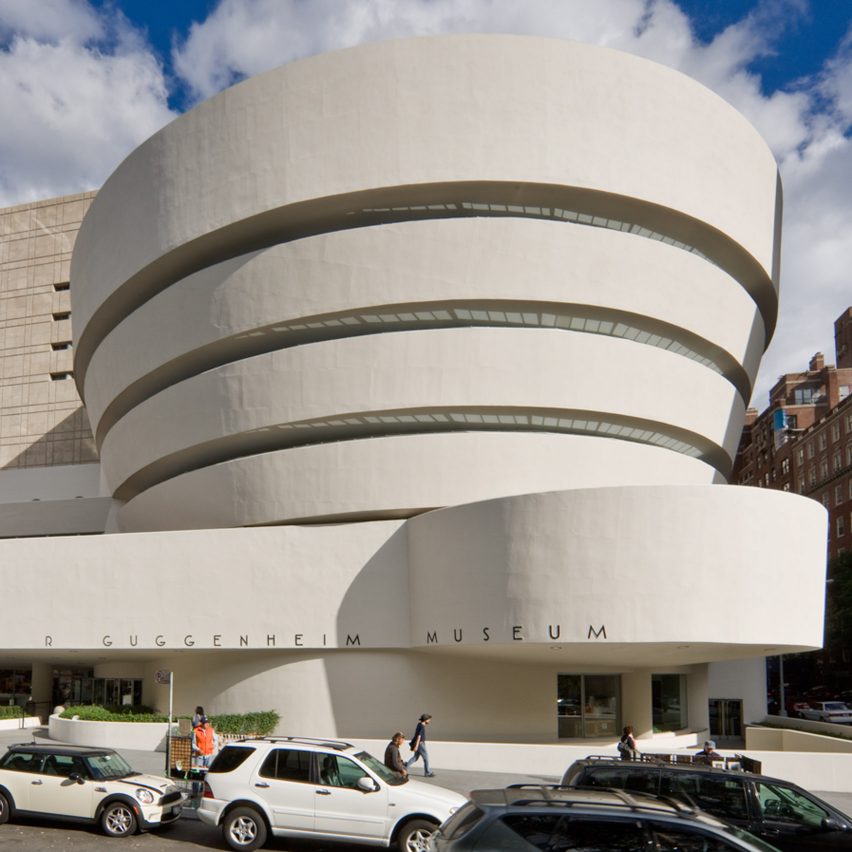
W is for Wright, Frank Lloyd
One of many world’s most well-known architects, Frank Lloyd Wright is behind iconic buildings together with the Guggenheim Museum in Modern York, pictured, and Fallingwater, a vacation residence that has been referred to as the “greatest all-time work of trendy American structure”.
Constructed on a waterfall, Fallingwater underlines Lloyd Wright’s ability in creating sculptural, putting buildings supposed to have a symbiotic relationship with their environment – an instance of his “natural structure”.
Whereas lots of his works had been created sooner than the mid-century trendy interval, which started within the mid-Nineteen Forties, they’ve come to symbolize the fashion with their immaculate traces and sculptural designs.
Wright designed round 800 buildings in whole, 380 of which had been constructed. Many stay right this moment.
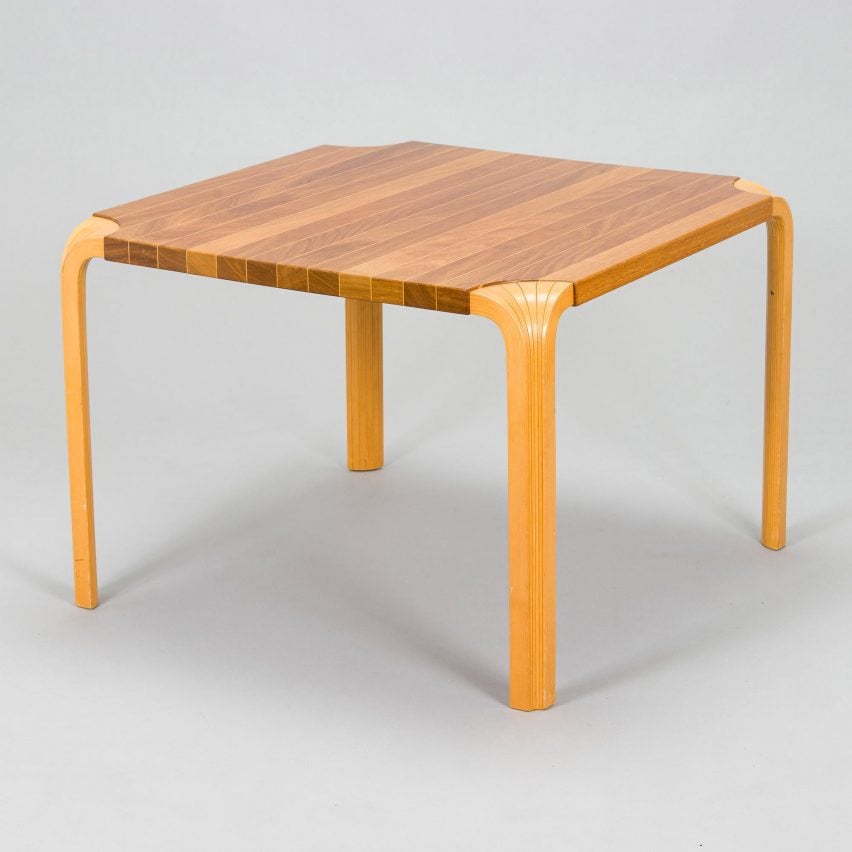
X is for X-leg by Aalvar Aalto
Also referred to as the fan leg, architect Alvar Aalto’s pioneering X-leg design was launched for armchairs, stools and tables in 1954. The design contains slender L-shaped legs which are linked collectively to kind a fan-like form, which solves the issue of piercing corners.
The desk was made in a wide range of sizes utilizing laminated beech and birch and produced by Finnish furnishings model Artek, like most of Aalto’s furnishings.
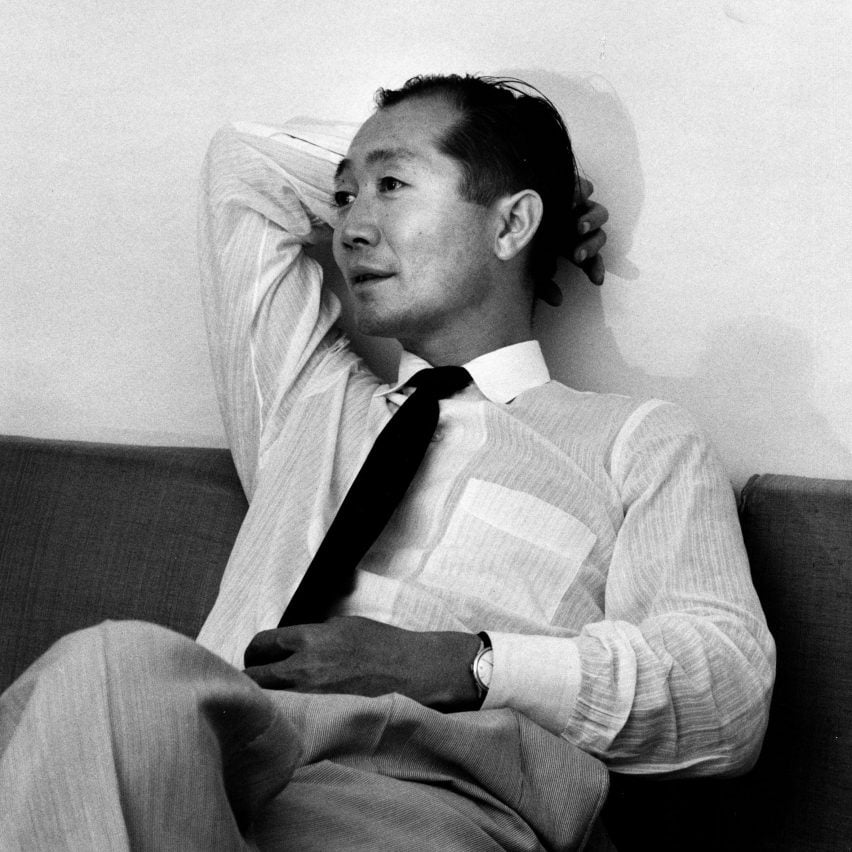
Y is for Yamasaki, Minoru
Although he is largely unknown right this moment, American architect Minoru Yamasaki was the architect behind the unique World Commerce Middle towers, which had been the world’s tallest buildings after they opened in 1973 however had been destroyed in a terror assault on September 11, 2001.
Yamasaki additionally designed the social housing challenge Pruitt-Igoe in Missouri and the modernist Rainier Tower and Pacific Science Middle in Seattle. His untraditional strategy to modernism has influenced quite a lot of folks working right this moment.
“There are architects like Gyo Obata and Gunnar Birkerts, who started their profession working below Yamasaki and designers like Rem Koolhaas and David Adjaye who take into account him to be a key level of reference,” mentioned Justin Beal, writer of a ebook on Yamasaki, Sandfuture.
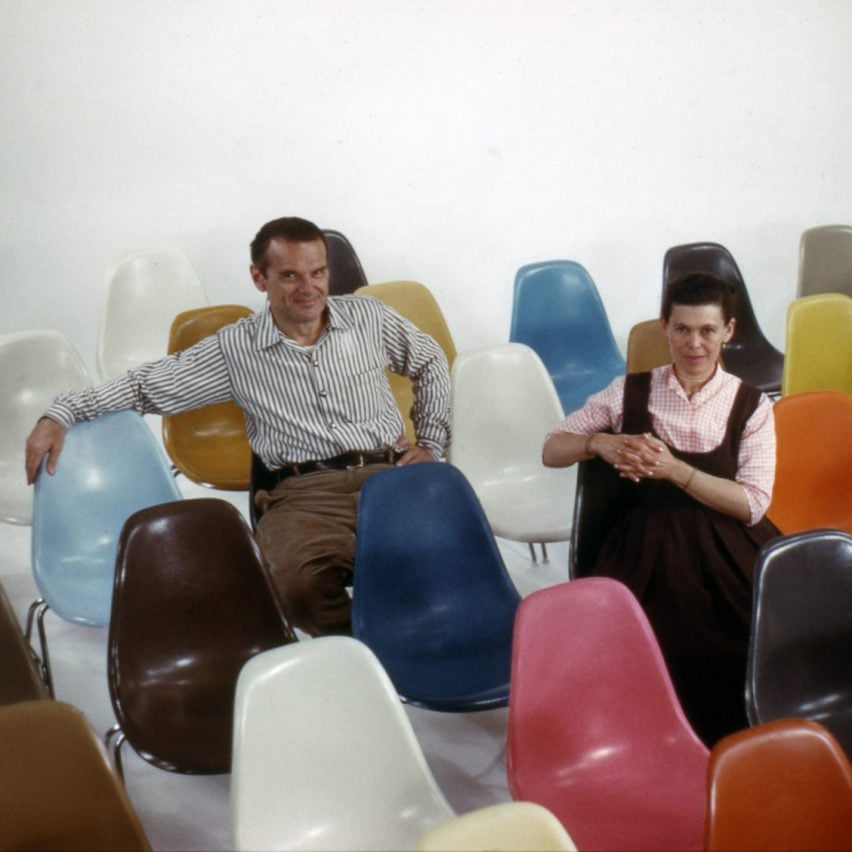
Z is for Zenith Plastics
One of the well-known mid-century trendy chairs, the Shell chair was designed by Charles and Ray Eames, who moulded its form to go well with the human physique.
Initially made as a metallic prototype, the Eameses had a breakthrough after they got here throughout a fresh materials by Los Angeles-based firm Zenith Plastics: fibreglass.
By combining fibreglass and molten plastic resin, the designers had been capable of create a light-weight chair that helped fulfil their purpose to get “the many of the greatest to the best variety of folks for the least”.
